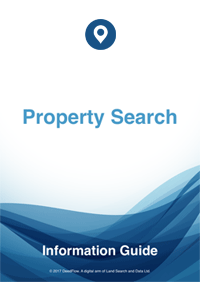What is a Home Rights Notice?
Contents
Overview
Although parties enter into a marriage or civil partnership because they are in love and rarely contemplate the possibility of their relationship breaking down, in practice this does happen. Most spouses or civil partners now purchase their home jointly but for those where there is a non-owning spouse or partner, the insecurity generated by a breakdown of their relationship is very distressing. This article discusses what a Home Rights Notice is, what its purpose is, and who can apply for it.
Purpose of a Home Rights Notice
Home Rights arise out of the Family Law Act 1996 but need to be registered at the Land Registry to take legal effect. Registration of the Notice permits the non-owning spouse or civil partner to remain in the family home, or if not already in it, to return to it. This applies where the home is in the sole name of the other spouse or civil partner. Once registered it would be against the law to eject the registered spouse or partner, and the protected spouse or partner would be entitled to an injunction to enforce this right.
Registration of a Home Rights Notice also provides a degree of residential security and peace of mind, which would be particularly concerning if there were minor children to the relationship.
Further, registration of the Notice ensures that the owner spouse or partner cannot sell or mortgage the property without the other jointly executing the Transfer on Sale. This is because the Notice which has been registered at the Land Registry will be shown in the Title Register of the property, and will act as valid notice to any purchaser of the spouse or civil partner’s interest in the property. the Title Register is looked at by the vendor and purchaser’s solicitors in any sale, the existence of the Notice would not be overlooked.
Non-Owner Spouse or Civil Partner
The Home Rights Notice does not confer an interest in the property. It merely allows the non-owner to remain in occupation until such time as the court decide what the respective rights and interests are.
The non-owner can only apply for a Home Rights Notice if the parties live or lived there as a married couple or as civil partners.
Checking that the Notice has been Registered
To check that the Home Rights Notice has actually been registered is important, because if it has not then your rights may not be protected. Your solicitor should always apply to the Land Registry for the registration of the Notice to be expedited. You should apply for a copy of the Title Register about 2 weeks after your solicitors apply for registration, to ensure that the Notice is shown. It should appear in Section B of the Register.
Title Register
The Land Registry Title Register holds data relating to the property ownership, purchase price, mortgage, tenure, covenants, rights of way, leases and class of title.
£19.95Title Plan
The Title Plan shows an outline of the property and its immediate neighbourhood, and uses colours to identify rights of way, general boundaries and land affected by covenants.
£19.95Associated Documents
Deeds creating Restrictions, Covenants, Easements, etc. are often kept digitally by the Land Registry and made available for sale due to their invaluable detail and content to assist in further understanding the Restrictions, etc.
£29.95


